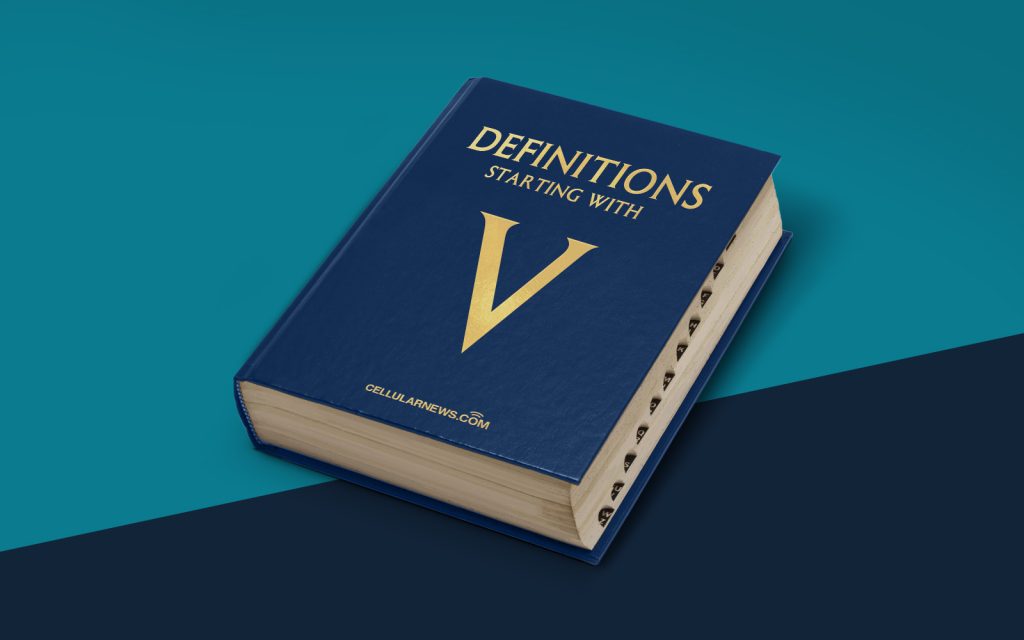
Unraveling the Power of VP9: A Game-Changing Video Codec
Have you ever wondered what makes online videos play so smoothly on your favorite streaming platforms? It’s all thanks to innovative technologies like VP9, a cutting-edge video codec that revolutionizes the way we consume multimedia content. In this blog post, we will dive deep into the world of VP9, exploring its definition, features, and why it holds a prominent place among other video compression formats.
What is VP9?
VP9 is an open-source video codec developed by Google. It is specifically designed to compress digital video content while maintaining excellent video quality. As a successor to VP8, VP9 brings significant improvements in compression efficiency, making it an ideal choice for streaming high-resolution videos over the internet.
Key Takeaways:
- VP9 is an open-source video codec developed by Google.
- VP9 offers superior compression efficiency while maintaining excellent video quality.
How Does VP9 Work?
VP9 uses advanced compression algorithms to reduce the size of video files without sacrificing visual quality. When a video is encoded using VP9, it breaks the video into small blocks of pixels, known as macroblocks. Each macroblock is then analyzed, and the codec determines the most efficient way to compress and store the data.
One of the key advantages of VP9 is its ability to leverage both spatial and temporal redundancies in video content. Spatial redundancy refers to similarities between neighboring pixels, while temporal redundancy refers to similarities between consecutive frames. By exploiting these redundancies, VP9 can remove duplicate information and only store the differences, resulting in significantly smaller file sizes.
Why is VP9 Important?
VP9 has gained immense popularity among content creators, streaming platforms, and device manufacturers due to its remarkable streaming capabilities. Here are a few reasons why VP9 is important:
- Improved Video Quality: VP9 offers better video quality compared to previous codecs at the same bit rate, ensuring a more immersive viewing experience for users.
- Bandwidth Efficiency: By reducing the file size without sacrificing quality, VP9 helps save valuable bandwidth, making it easier to stream high-resolution videos over the internet.
- Wide Range of Device Support: VP9 is supported across various platforms and devices, including web browsers, streaming services, and hardware players, allowing seamless playback on multiple devices.
The Future of VP9
The adoption of VP9 is continually growing as more and more companies recognize its potential. With its ability to deliver high-quality videos while minimizing bandwidth requirements, VP9 has become a popular choice for streaming services, especially in an era where high-resolution content is in demand.
Furthermore, VP9 serves as an essential building block in driving the development of its successor, AV1, another cutting-edge video codec that promises even better compression efficiency and video quality. As technology advances, we can expect VP9 and its successors to pave the way for a more seamless and immersive video-streaming future.
In conclusion, VP9 is a game-changing video codec that plays a significant role in ensuring high-quality video delivery over the internet. Its exceptional compression efficiency, improved video quality, and widespread support make it an integral part of the multimedia industry, enabling users to enjoy their favorite movies, shows, and online content with ease.
